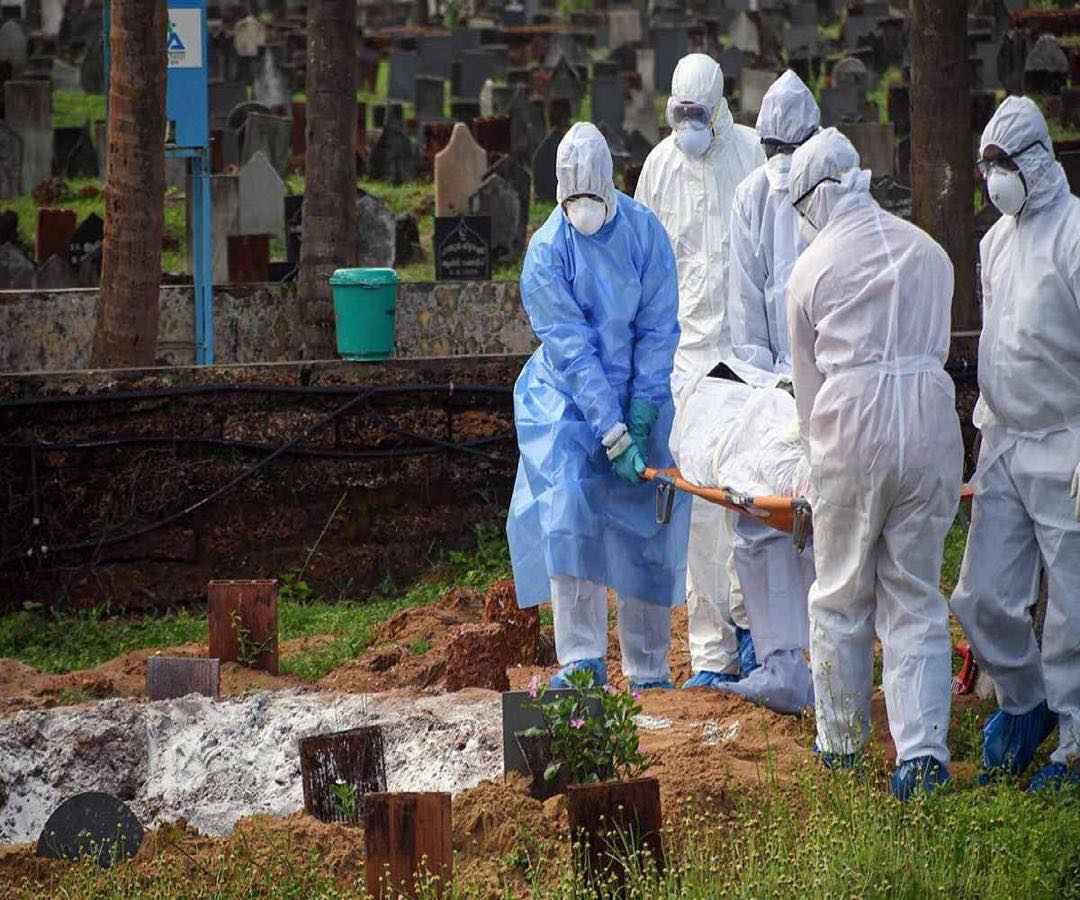KUALA LUMPUR, August 26 — Port Klang state assemblyman Azmizam Zaman Huri today questioned the accuracy of the official Covid-19 death tally, as the number of grave burials was almost twice the reported coronavirus fatalities.
According to Azmizam, official records showed only 266 Covid-19 deaths in the Klang district between July 16 and August 10 this year. However, data on coronavirus-related burials from the Selangor Islamic Religious Department (JAIS) and civil societies combined indicate there were at least 448 burials involving Muslim victims alone.
“I have to ask this because I see ambulances carrying dead bodies from homes in Port Klang everyday. Some have been dead for a week. How are you classifying these deaths because the discrepancy (between death count and burials) is too wide. Surely, there are non-Muslim victims as well, and non-nationals that should be taken into account. Are they not recorded?
“If that’s the case, how can there only be 183 Covid-19 deaths in July alone in Klang? This raises a lot of questions on the data. Is it reliable? Or is there an explanation to the data that is not being clearly indicated in the report?” the PKR lawmaker said in his speech at the Selangor state legislative assembly sitting today.
“If we take the 448 burial figure, the gap (with official records) is too wide. I hope the state health department can review this data and clearly identify the type of deaths that are recognised by the state as Covid-19 deaths,” Azmizam said.
It needs to be noted that there are three time periods involved that could explain the discrepancy between the official Covid-19 death count and burial statistics — a person may be brought to the grave a few days after death, while Ministry of Health (MOH) reporting of the death can occur a week after death. MOH does not state the average time lag taken between death and its official reporting.
Azmizam said Port Klang’s critical economic role meant that the area was never subjected to any form of lockdown since the Movement Control Order (MCO) was first introduced in March last year, leading to soaring Covid-19 cases and deaths in the area.
Data by Selangor’s state health department (JKNS) showed a total 85,012 Covid-19 infections and 479 deaths recorded in the Klang district this year, as of August 10. Klang comprised 19 per cent of 445,700 cases and 12 per cent of 4,001 deaths in Selangor in that period.
Azmizam cited three examples of deaths in Berembang, Teluk Gong, and Kg Raja Uda, where all three victims were admitted due to dialysis problems, but later died with their bodies said to have been infected with coronavirus.
“This raises a lot of questions and results in a haywire situation in Klang’s forensics department, and in the Klang district itself, on what the actual death count is like. In the end, burial sites like the Muslim cemetery in Selat Klang, which opened recently on July 17, are now fully occupied and new bodies need to be diverted to Johan Setia.
“Within 11 days of opening, the Selat Klang cemetery was filled with 95 bodies. Now, they have about 300 and they can no longer accept new bodies. This means that actual residents in Selat Klang cannot be buried in the area now due to this arrangement,” Azmizam said.








